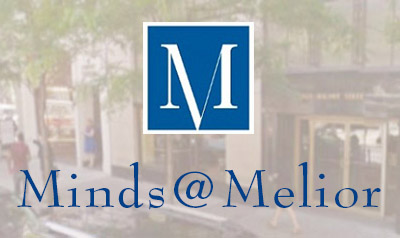Back-to-School Enrollment Management Check List for Independent Schools
School is back in session and as you count the number of students who come through the door, the results of your enrollment efforts are clear. But this is no time to rest on your laurels (or wring your hands) – you need to plant the seeds for next year’s enrollment success now!
Our back-to-school checklist is designed to keep your marketing efforts on track, and pave the way for an even stronger enrollment picture next year. To assess the strength of your marketing efforts, give your school 2 points for every item you’ve accomplished, and 1 point for every item that is “in process.”
Then check your score below.
- You’ve recruited and trained your parent ambassadors
- You’ve segmented your student body in a meaningful way, so that you know which students/families you attract and why, as well as where you are falling short and why
- You’ve reviewed your website to make sure all information is current and that it is optimized for search engines
- You’ve evaluated your logo to ensure it accurately reflects your school and sends the “right” message about who you are and what you stand for
- You’ve earmarked money specifically for marketing and promotion purposes (no more begging funds from development and enrollment budgets, please)
- You’ve prepared your strategic communication plan for the year
- You’ve formally surveyed all families who considered your school last year (those who enrolled and those who did not), analyzed the results, and developed action plans to address the issues identified
- You’ve included your school in key directories of schools – local and national, print and online –made sure your information is current, and that reviews are positive
- You’ve cultivated strong relationships with local media/press personnel, and establishing yourself as the “go to” expert for educational issues
- You’ve interviewed the families who have chosen not to re-enroll this year, and understand the real reasons behind their decision (not just the easy ones like cost)
Scoring:
17-20, Marketing guru!
10-16, A small additional investment in your marketing efforts will bring big rewards
5-9, You’ve made a good start, but there’s more to do to reap the benefits of marketing
0-4, Unless you have a big endowment, you need to put a marketing program in place
For over 30 years, Melior has specialized in conducting sensitive market research on behalf of independent schools and other educational institutions. For more information, please visit our education page or contact Susan J. Levine at [email protected] /215-545-0054 ext. 107 or Linda McAleer at [email protected] / 215-545-0054 ext 104.


